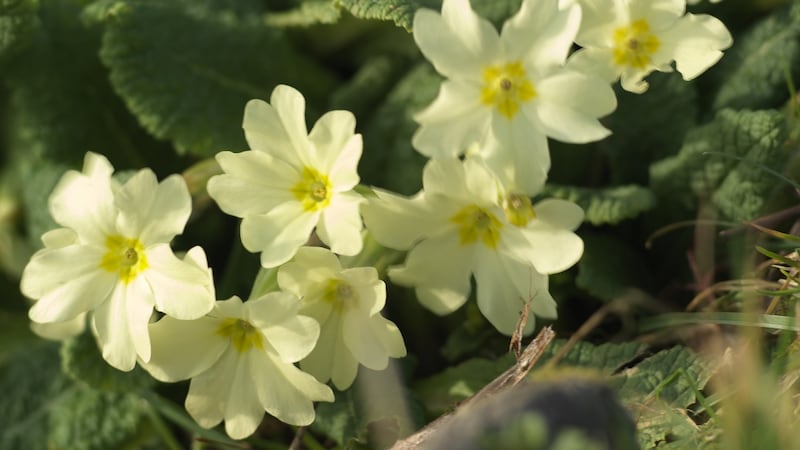In the turning of an Irish gardening year, I always think of October as the gateway month, its weeks filled with the bittersweet beauty of autumnal decay as well as the promise of new beginnings.
Yes, the slow descent into winter has already begun but those of us who put in a little muddy-fingered work over the coming weeks will reap the generous rewards of our labour come next spring and summer. Here are some tips to get you started.
Plant peonies. One of the glories of the early summer garden, now is the best time to plant/transplant these showy, ultra long-lived plants, either as pot-grown specimens from a garden centre or as bare-root plants from Leamore Nursery, the Wicklow-based nursery that specialises in many different kinds of herbaceous and tree peonies (woody/shrubby types) as well as what are known as Itoh intersectional hybrids.
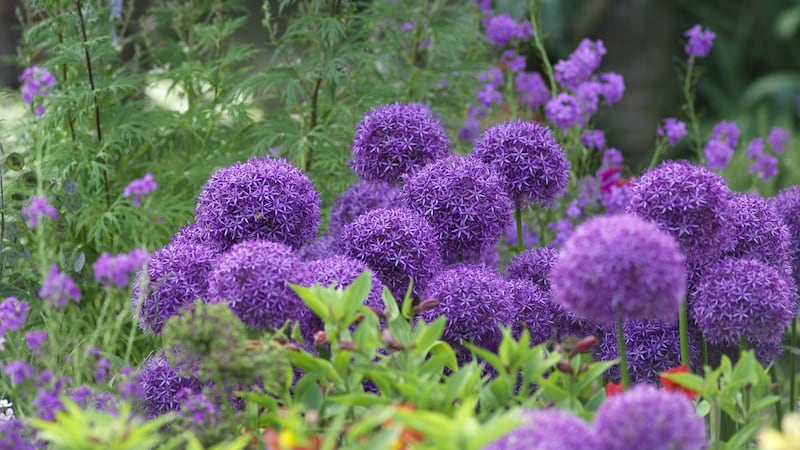
All peonies like a fertile, moisture retentive but free-draining soil enriched with well-rotted manure or garden compost. Recommended varieties include ‘Buckeye Belle’ , ‘Coral Charm’, ‘Shirley Temple’ and ‘Florence Nichols’.
Tulips aside (these are best planted in November to avoid the risk of disease), October is the perfect month to plant almost every kind of ornamental spring-flowering bulb. Examples include many different varieties of narcissus, crocus, scilla, chionodoxa, allium, nectarascordum, fritillaria, camassia, Iris reticulata, hyacinth, anemone and erthyronium.
To maximise growing space in small gardens/containers and give months of successional colour, use what’s known as the ‘lasagne method’ by closely planting the largest, latest -flowering bulbs on a layer of compost to the bottom of the pot/planting hole (eg later tulips, daffodils) followed by 1-2 layers of smaller, earlier flowering species (eg snowdrops, crocuses, grape hyacinths).
Use a good quality, free-draining compost for containers and leave 5-6cm of compost between layers. Spring-flowering bulbs are widely available from good Irish garden centres at this time of year as well as specialist suppliers such as mrmiddleton.com
The mainstays of most kitchen gardens and allotments, garlic, onions and shallots, can be planted as cloves/sets in the coming weeks to give you a delicious harvest next summer. Plant into weed-free, well-drained, fertile but not recently-manured soil, making sure to give them a very sunny, open spot.
Widely available from most good garden centres as well as from online suppliers such as fruithillfarm.com and quickcrop.ie, recommended varieties include ‘Valellado’ and ‘Red Duke’ (garlic); ‘Shakespeare’ and ‘Radar’ (onions); and ‘Golden Gourmet (shallot).
Ripe seed
At this time of year our gardens and allotments are full of fresh, ripe seed that can be used to propagate oodles of new plants for free. As long as it's not from an F1 or F2 hybrid variety, the baby plants it produces will be true to the parent type albeit with some subtle natural variation.
Just make sure it’s properly ripe (signs include shrivelled/dry/brown seedpods while the ripe seed itself is typically brown/black and firm) and collect on a dry day, placing the seed into a clearly labelled brown paper bag.
The suitability of different seed preparation techniques such as threshing, winnowing and fermentation varies according to the species. For detailed information, see theseedsite.co.uk and howtosaveseeds.com
Boost its fertility and protect soil against the degrading effects of winter rainfall and frost while simultaneously discouraging weeds from germinating by covering any bare ground/recently-emptied beds with a protective organic mulch.
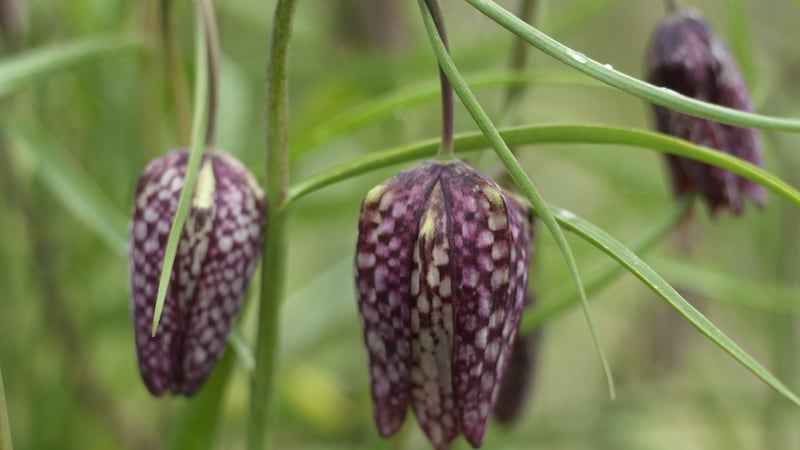
Suitable mulching materials include seaweed (just make sure it’s harvested sustainably and with permission), leaf mould, straw, homemade garden compost, grass clippings, chopped-up bracken, deciduous hedge clippings or commercially-produced mulches such as those available from mulch.ie; enrich.ie; envirogardenandhome.ie ; gee-up.ie
There's still time (but hurry) to take cuttings of tender perennials such as pelargoniums, begonias, fuchsias, argyranthemums, bidens and salvias to give you lots of young plants next spring as long as you can give them a frost-free spot in a glasshouse or polytunnel over winter. For detailed instructions, see rhs.org.uk
Sow seed of sweet pea this month for strong, healthy, floriferous, early-flowering plants that can be planted out into the garden next March. For best results, pre-chit the seed in a small, sealed plastic container on a bed of damp kitchen paper until it starts to sprout. Then very gently take the sprouted seed and sow it shallowly (10-15mm deep) into root trainers or small individual pots filled with good-quality seed compost.
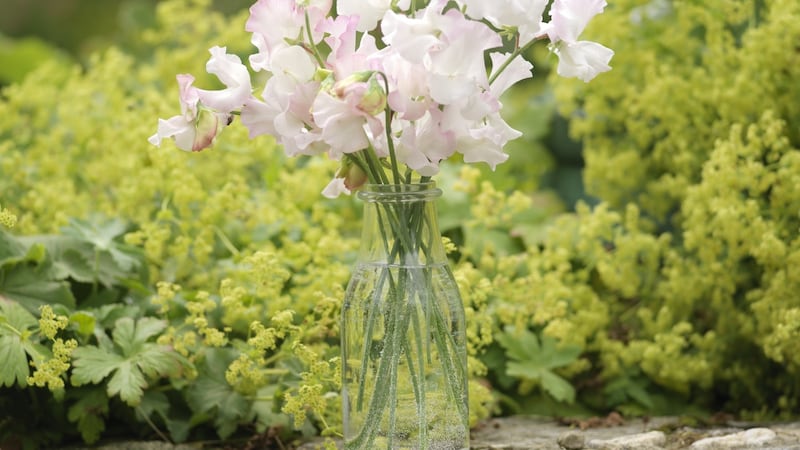
Place these outdoors on a table and in a sheltered spot, unheated glasshouse or cold frame until planting time, making sure to net the seed/seedlings against mice. Sweet pea seed is available from all good garden centres as well as specialist suppliers including seedaholic.com ; somersetsweetpeas.com and rpsweetpeas.com
Do this: Taking place over October, this year's Carlow Big House Festival includes a talk (on Saturday October 12th) by well-known garden historian and horticulturist Finola Reid on the life and legacy of the late Corona North who generously bequeathed her home and glorious gardens at Altamont, Ballon, County Carlow to the State, plus a tour of the gardens by head gardener Paul Cutler.
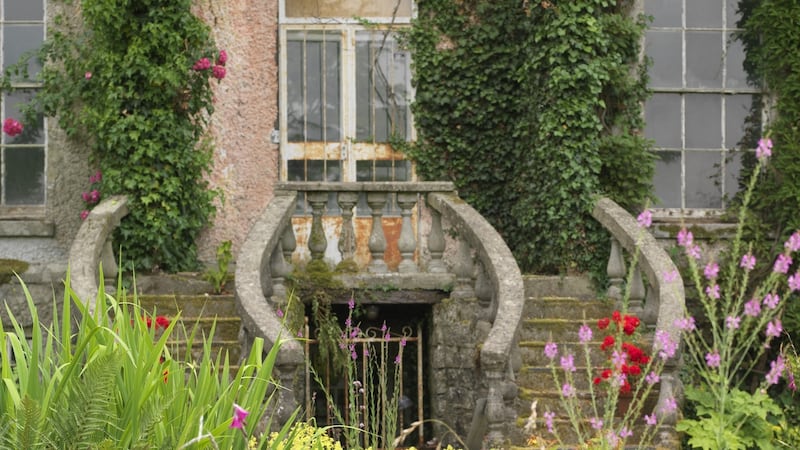
The same festival also includes 'A Day with the Ducketts' (October 13th), a recreation/exhibition of the daily life of those who lived and worked at the newly-renovated Duckett's Grove Gardens during the 19th and 20th-century, and a talk by cultural historian Terence Dooley at Lisnavagh House on October 26th followed by "an intimate evening of fine food, wine and conversation", house plays and a guided tour by owner William Bunbury plus many more events at some of the county's most historic houses including Huntington Castle and Borris House.
Pre-booking essential, see carlowtourism.com/bighouses or contact Carlow Tourism at 069 9139411
This Week in the Garden:
In colder parts of the country it's time to move tender plants such as bedding fuchsias, argyranthemums, plectranthus, brugmansia, and pelargoniums under cover of a glasshouse or polytunnel to protect them against the first harsh frosts of autumn. Especially tender varieties will benefit from being swaddled in a protective layer of fleece on very cold nights. Remember that winter wet kills more plants than winter cold so it's also important to reduce watering of these tender specimens to an absolute minimum.
This is a great time of the year to lift and divide many spring/early summer flowering species of perennial plants that have grown too large or have got overly woody/need to be rejuvenated.
Use a garden fork or spade to lift the parent plant while keeping the root ball as intact as possible and then place it on plastic sheeting to divide it into sections, making sure to leave sufficient roots attached to each portion.

Very woody root systems are best divided using a small saw/ secateurs but otherwise just use your hands to tease sections away from the parent plant.
The process of division should be carried out as quickly to avoid overly stressing the plant, swiftly transplanting or potting on each section immediately after dividing, labelling it and then watering generously to encourage it to establish its own independent root as quickly as possible.
Dates For Your Diary:
Saturday, October 5th (1pm), Woodville Walled Garden, Kilchreest, Loughrea, County Galway, 'The Propagator's Diary', a talk/propagation masterclass by horticulturist and planthunter Rory Newell followed by a talk by dahlia expert and dahlia judge Pat Thornton plus a tour of Woodville Walled Garden's dahlia collection, admission €15 includes light refreshments, pre-booking essential, contact Margarita Donoghue at 087/9069191 or email woodvillewalledgardens@gmail.com.
Wednesday, October 9th (8pm), St Patrick's Recreation Centre, Church Road, Delgany, County Wicklow, AGM plus talk by alpine plants specialist Valerie Keegan on behalf of Delgany & District Horticultural Society, all welcome, see delganysdhs.com for details.
Thursday, October 10th (8pm)Artane Beaumont Family Recreation Centre, Kilmore Road, Artane, Dublin 5. "Daffodils " a talk by Deirdre Cairns on behalf of Dublin Five Horticultural Society, admission €5, call 0872423020 for details.
Wednesday, October 16th (8pm), Wesley House, Leeson Park, Dublin 6, Floral Art Demonstration by Paula Dowling on behalf of the RHSI, all welcome, admission €10 for non-members, see rhsi.ie for details.
